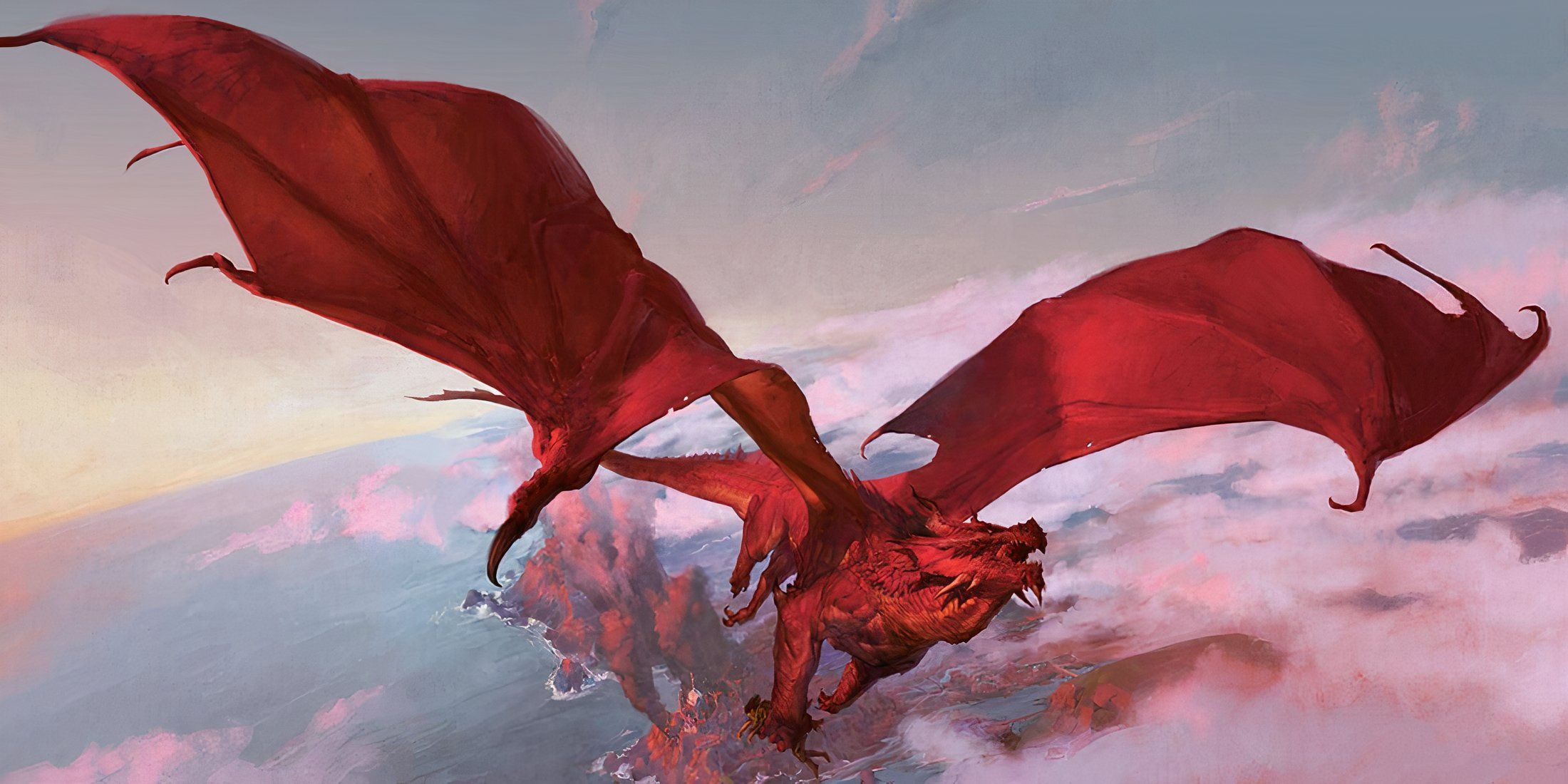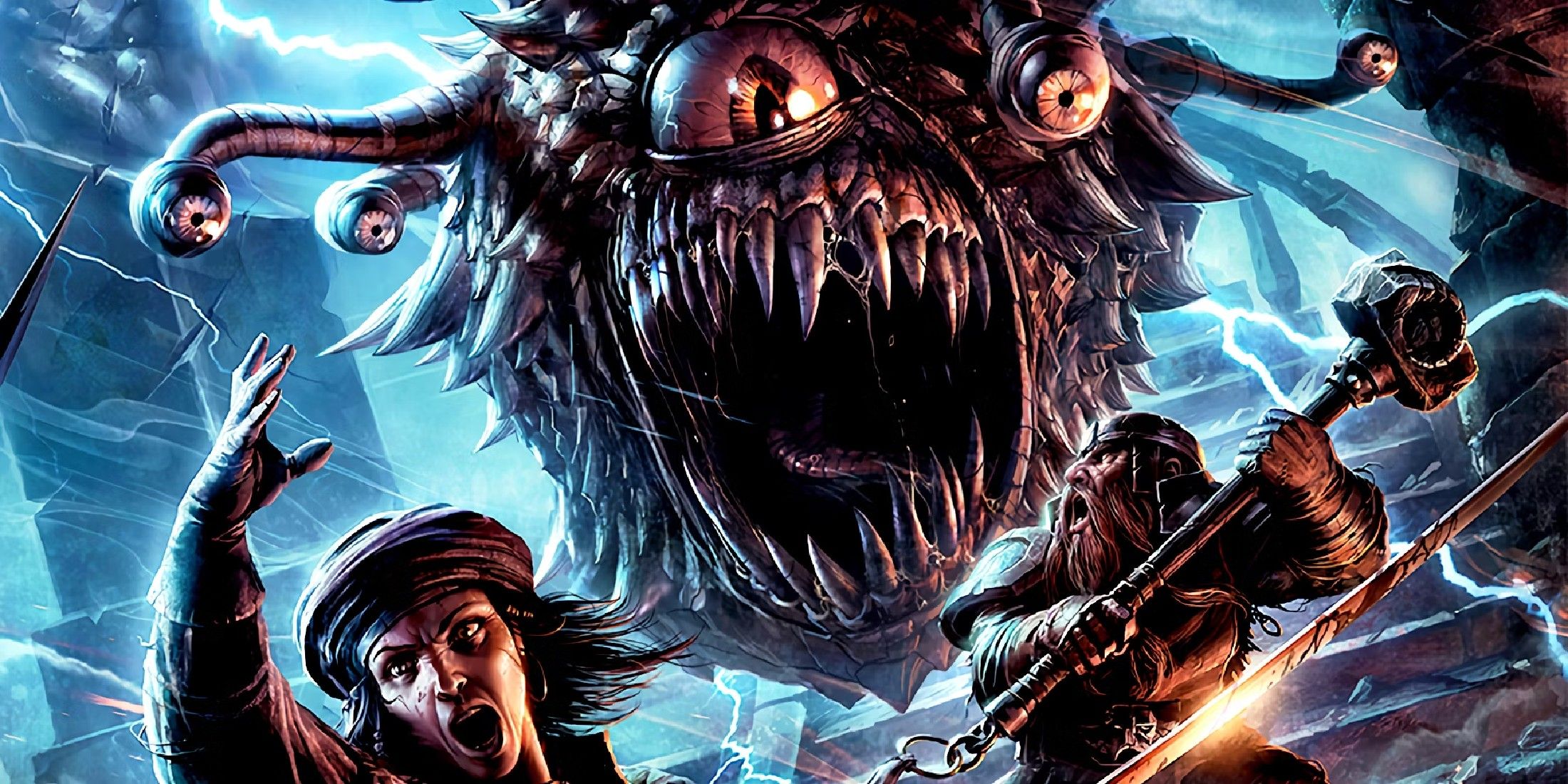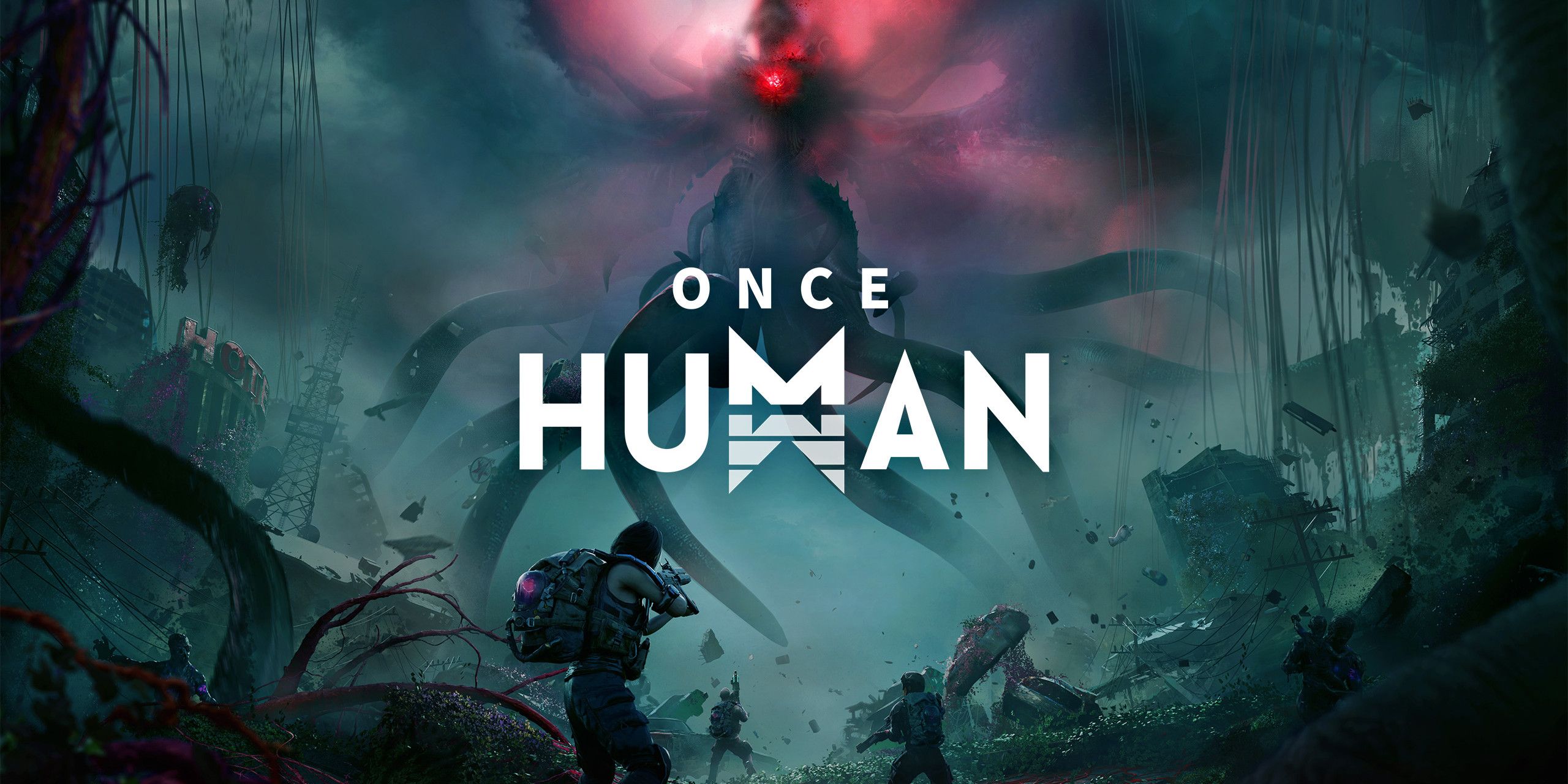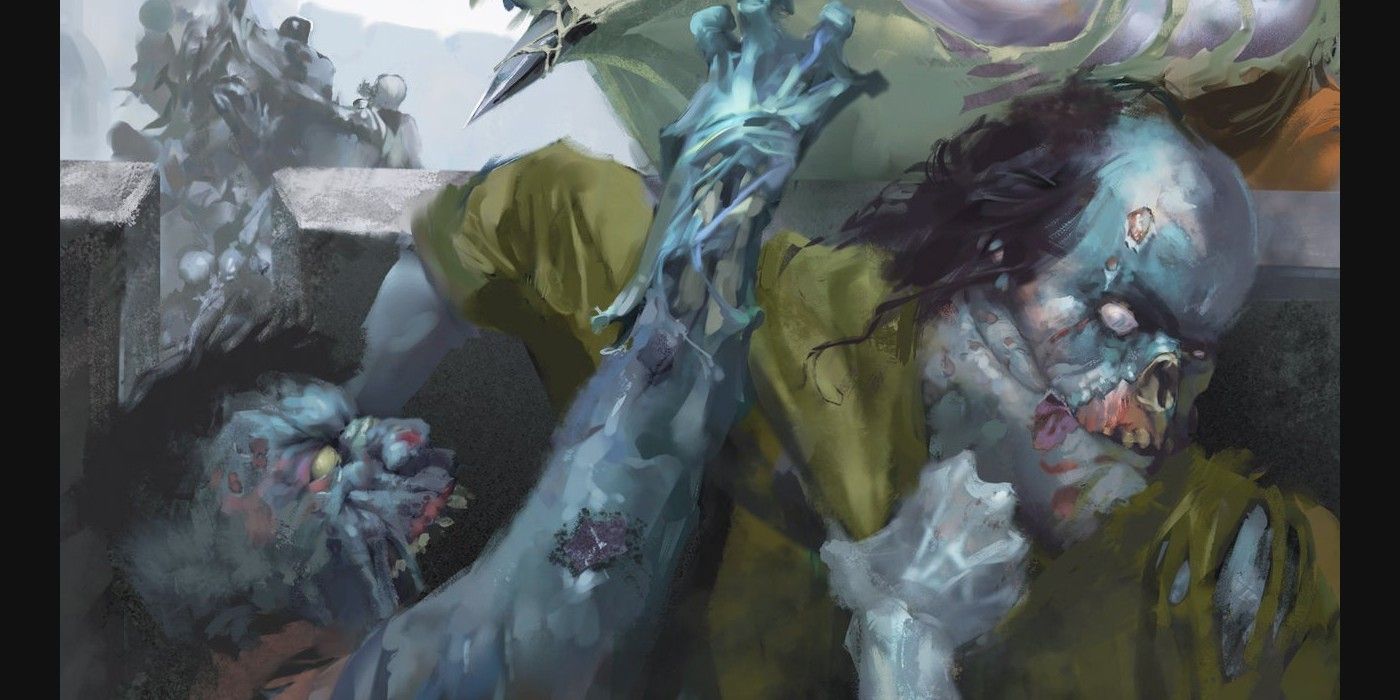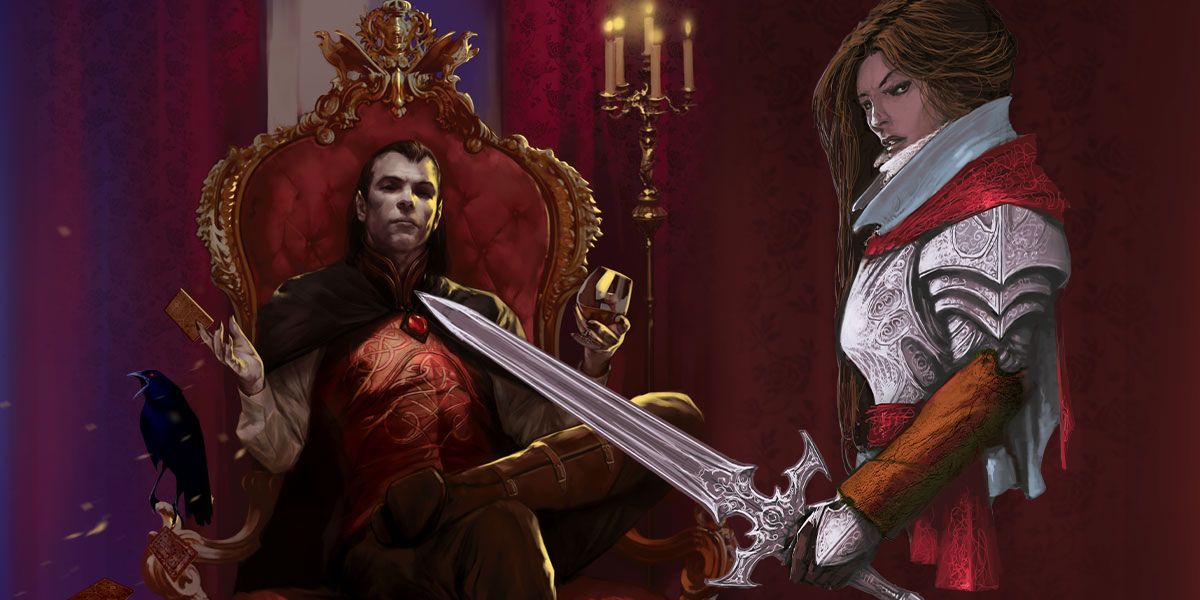Dungeons and Dragons released its newest sourcebook recently. Van Richten's Guide to Ravenloft is a sort of follow-up to one of DnD's most popular adventures, Curse of Strahd. It's more than 250 pages are packed with new horror-themed content for DMs and players alike. One of the elements that's been reintroduced and expanded on are the Darklords. Powerful villains imprisoned within their own Domain of Dread, the Darklords serve as the main antagonist of new adventures built with Van Richten's Guide to Ravenloft.
The new terror-filled Van Richten's Guide to Ravenloft focuses around adventures located in Domains of Dread that are created to imprison powerful villains called Darklords. The most famous example of a Darklord is Strahd himself, forever trapped in his realm of Barovia in Curse of Strahd. There are many different kinds of Darklords, and as such have been imprisoned for various reasons. However, as stated in Ravenloft, they all have one feature in common and that is their irredeemable capacity for evil.
What is a Darklord in Dungeons and Dragons?
The Darklords can take many shapes: Cursed humanoids like Strahd or Dr. Viktra Mordenheim are imprisoned in the Domains of Dread throughout the Shadowfell, right alongside monstrous aberrations like the God-Brain. In Ravenloft even one of its new monsters can become so perversely evil to be trapped as a Darklord. This is because the ambiguous force that controls the Domains of Dread and selects new Darklords to imprison, the Dark Powers, do not discriminate in what creatures they decide deserve a place in the Shadowfell.
Darklords can simultaneously rule over, and be tormented by, the domain they inhabit. The mysterious Dark Powers craft each new Domain of Dread as a sort of twisted reflection of the Darklord. The purpose is to eternally torment the Darklords with goals out of reach, or things even more psychological. Its through this personalization that the Domains of Dread are able to be so individual in theme. Ravenloft emphasizes usage of different subgenres like cosmic or body horror. A villain pulled from a dark fantasy setting more in line with Dark Alliance is equally likely to be trapped by the Dark Powers as some kind of lower eldritch god akin to Oedon from Bloodborne.
The Darklords are also given limited powers over the Mists. The Mists serve to separate the domains from each other, capture new Darklords from the Material Plane, and produce the horrors that pervade each domain. Darklords have limited control over the Mists and can use them to harangue a party with various threats or limit the access to their Domain of Dread. A Darklord can choose to completely isolate their domain from the others, which can be a useful tool for DMs new to DnD to limit the scope of their adventure in a more subtle way.
Not every villainous character qualifies to be a Darklord. The mysterious whims of the Dark Powers target only some of the most vile creatures that exist. A Darklord's evil acts were purposeful, continuously more depraved, and were given chances to be redeemed. Van Richten's Guide to Ravenloft was created to inject horror directly into DnD and the Darklords are a reflection of that aim. Regardless of which subgenre the adventure is created within, its Darklord serves an oppresively evil and unconventially powerful enemy sure to inspire dread at any tabletop.
Van Richten's Guide to Ravenloft is available now in digital and physical formats.

